Audi tweak the RS 7’s engine for more power and even more attitude. How does it get along with the 45 extra horses and the overboost?
Story: Jim Gorde
Photography: Sanjay Raikar
You have to be a special kind of someone to think up a car like this. You’d have to be a notch higher to commission its production. And, finally, there’s a special place in the afterlife for those who actually buy one. Six hundred and five horsepower! This isn’t a sports car. The R8 is Audi’s sports car, and it has just five more for the road. Of course, the RS 7 was no slouch. It was a near two-tonne four-door coupé that looked as good in blue as it did in its gangster shade of matte grey. For whatever reason, Audi decided that 560 PS wasn’t enough and have tweaked the twin-turbo V8 motor to now deliver 605 PS accompanied by an overboost mode that produces 750 Nm of twist for up to 15 seconds. What had the RS 7 Sportback done to deserve this?
For starters, it was something beyond reason. The only reason the RS 7 was created was because there was some strange force propelling Ingolstadt to go ahead and make it. It served a specific audience. Its matte-grey exterior at the time somewhat altered checklists for many. It had an element of novelty. It may have been a glorified hatchback with a track-day conquering engine, but it worked. And it worked well.
Now, force-feeding is never a good thing; especially for ducks and other animals, and even some people. It can be downright cruel at times. Thankfully, however, force-feeding a car is a good thing; especially when it’s a diet of petrol and adrenaline. Not that the RS 7 needed any more feeding. It had lungs the size of a fighter-jet’s and could breathe fire, and it showed. This ‘performance’ version of the RS 7, the one that’s stepped in globally, is all of that, plus eight per cent more madness, rush, power — call it what you will — and overboost to the tune of 50 Nm. Does that translate into eight per cent greater thrill? Or does it do more than that?
The difference between the RS 7 and the ‘performance’ is a bit more than one Suzuki Alto worth of horsepower. For starters, there’s a ‘drive select’ button on the steering wheel, just below where your right thumb usually finds peace. Way to stir things up. Oh, that’s about it. There are still four modes: comfort, auto, dynamic and individual. There’s still a lot of attitude, thanks to the sloping roof on this five-metre Sportback and the 21-inch wheels with 275-section rubber running a 30 profile; essentially a centimetre or so of rubber between the wheel and the road surface. There still are those sleek LED headlamps and the sharp tail-lamp clusters, and there still is that wing which rises up and informs of your speed.
The interior is a place that you could call home, if you enjoy spending time lurking around with a sleeping bass band residing under the bonnet. That’s right. There’s no lead guitar or percussion. You have four bassists and four baritones. They switch seamlessly in between: drive relaxed and they give you more kilometres to the litre and release even lesser carbon oxides. Drive angry and the response is suitably terrifying. That it sounds like a thunderstorm in your boot is secondary. Firstly, it’s what’s changed underneath the skin.
The twin-turbo 4.0-litre TFSI V8 now makes 605 PS, yes, but it does so between 6,100 and 6,800 rpm. Peak torque is 700 Nm available between 1,750 rpm and 6,000 rpm! The red-line has been raised by 200 rpm and, moreover, the overboost torque of 700+50 Nm peaks between 2,500 and 5,500 rpm. Notably, it only kicks in when you’re in ‘dynamic’ mode, stability control turned off, with the transmission in ‘S’, and when the ‘engine is warm’. Right. Let’s get cracking.


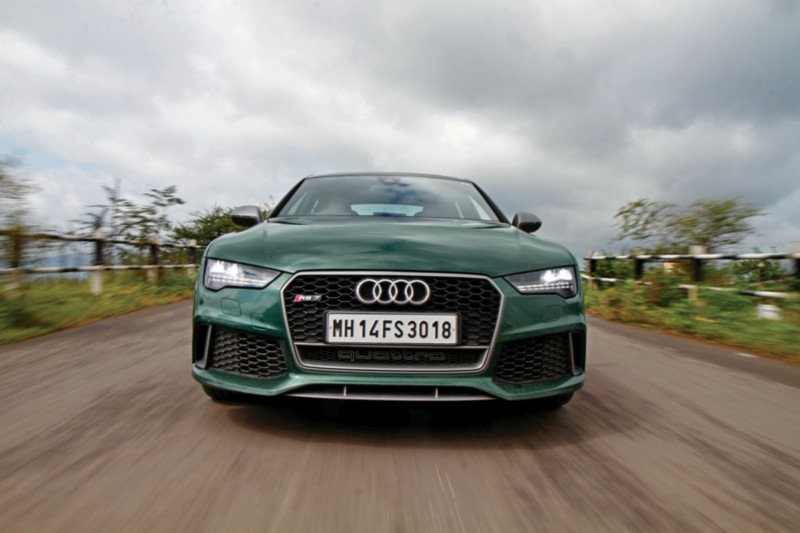
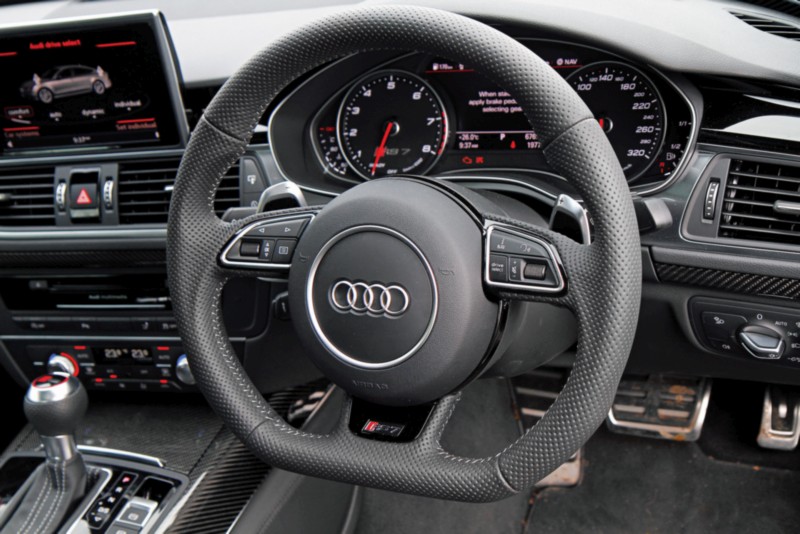
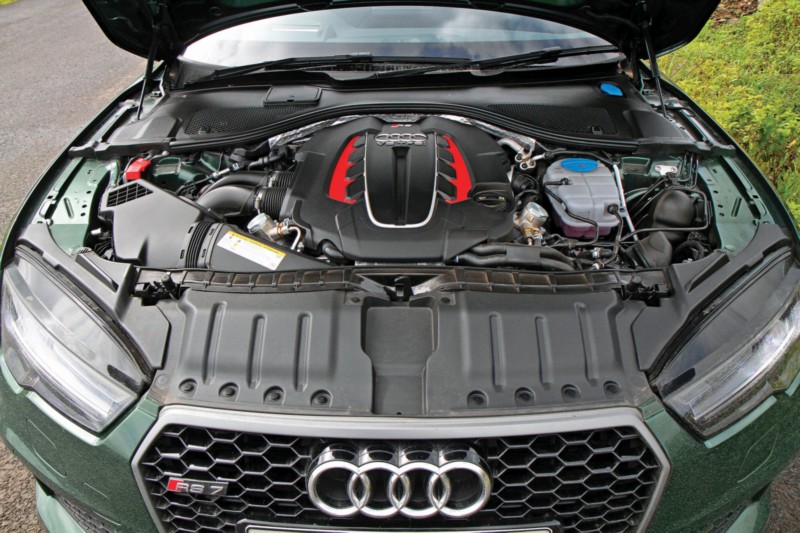





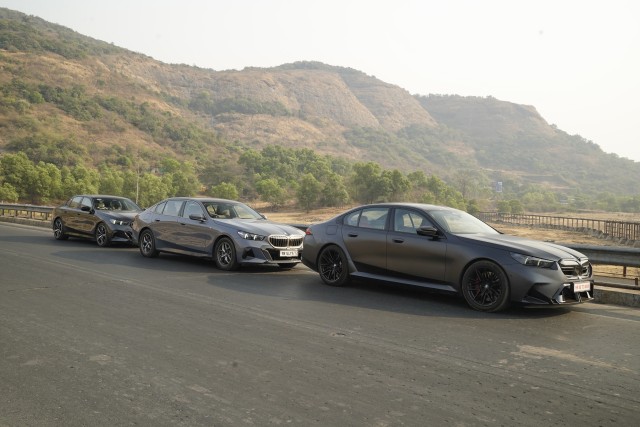
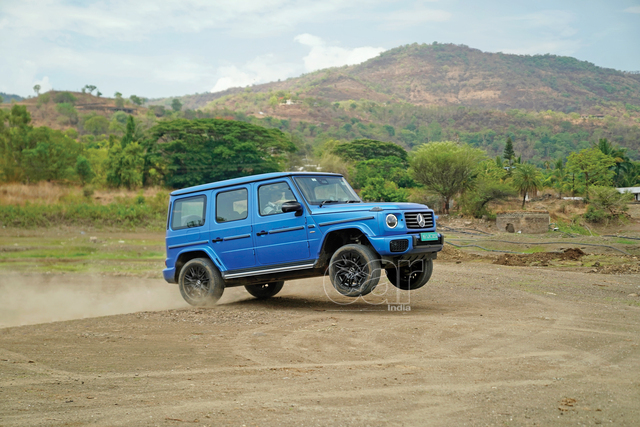
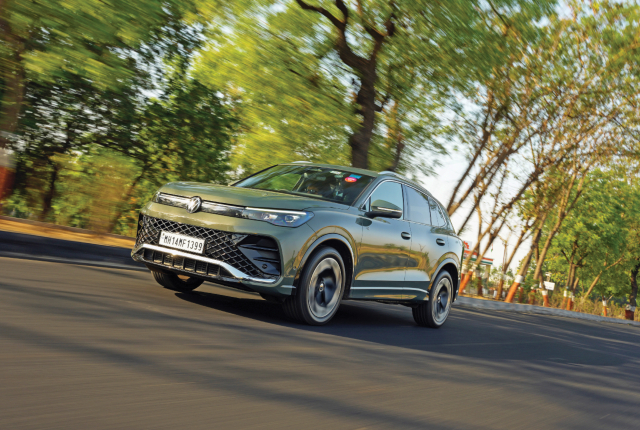
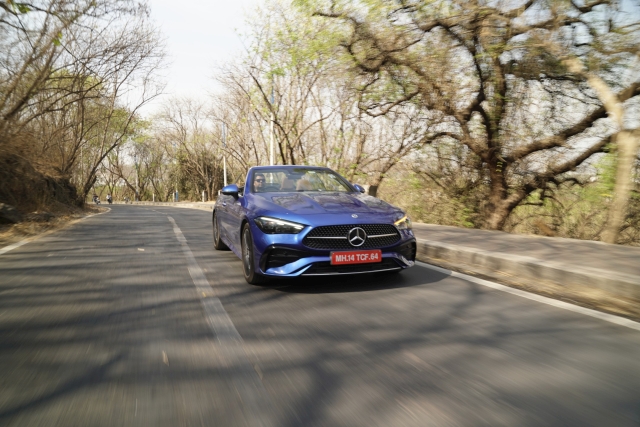

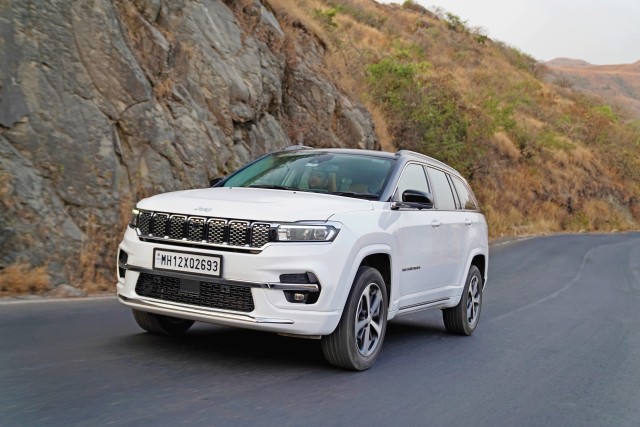
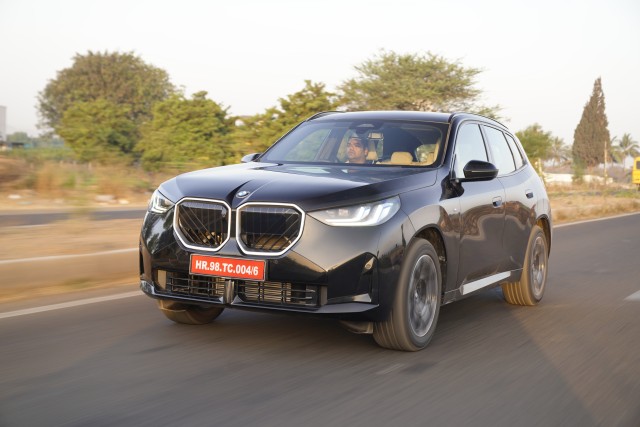
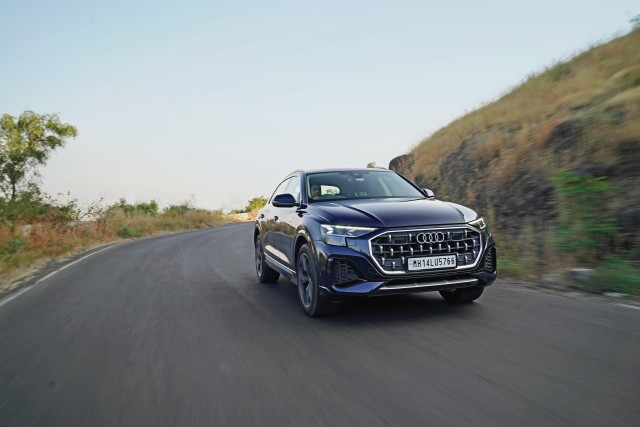
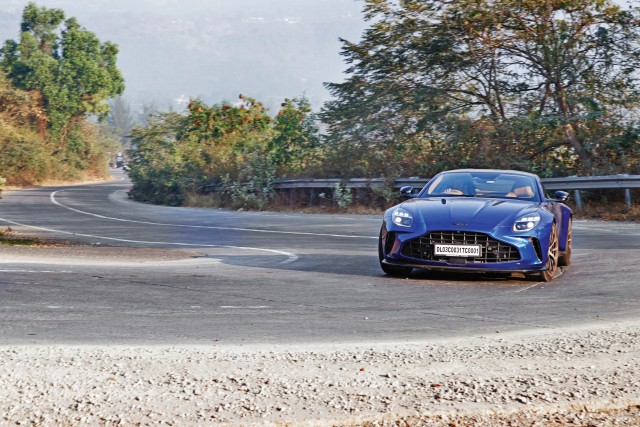
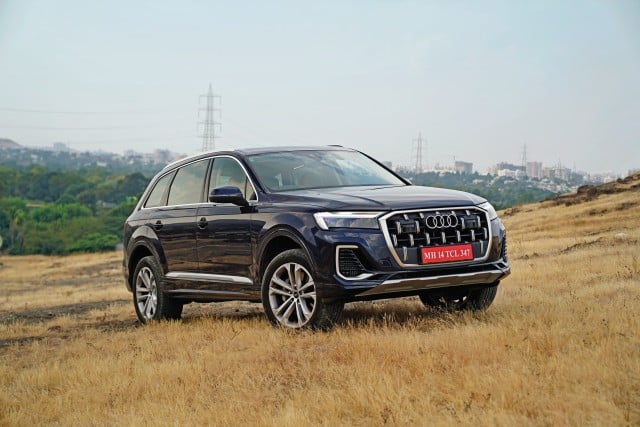
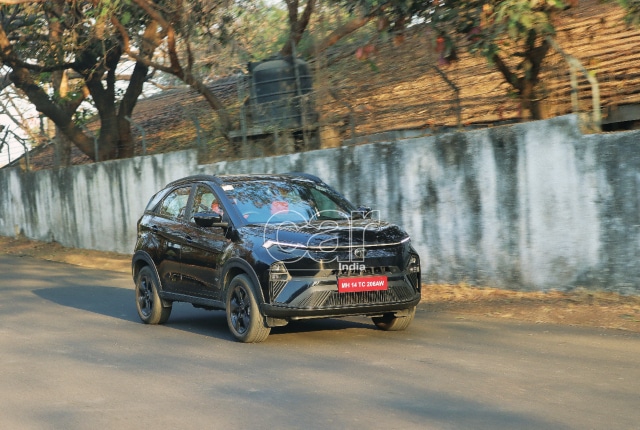



Leave a Reply